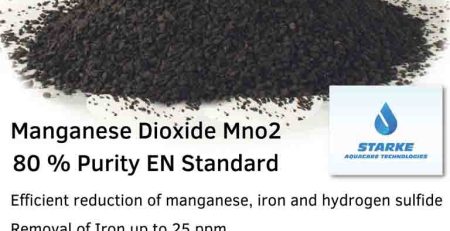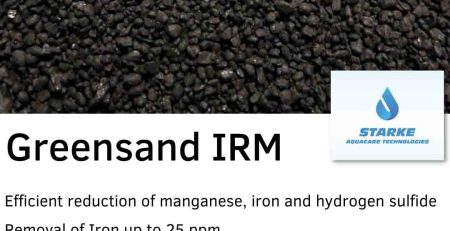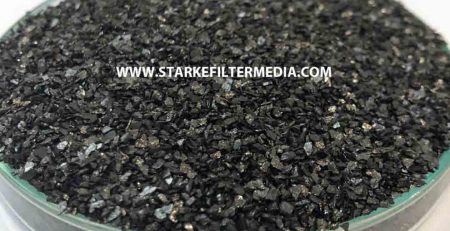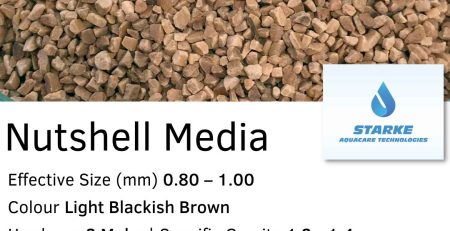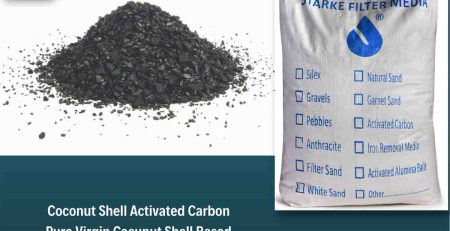What is Activated Carbon and how does it work in a drinking water filter ? What is the difference between the types of carbon filters ?
Activated carbon, is carbon that has been processed to make it extremely porous. It is activated by passing oxidizing gases through the material at extremely high temperatures, producing micropores.
The creation of these micropores gives the material a huge surface area. A small positive charge is also added to the carbon. The material now has its two main mechanisms for the removal of contaminants: adsorption and catalytic reduction.
Volatile organic chemicals (VOCs), herbicides, pesticides, and other man-made compounds are removed by adsorption. Residual disinfectants like chlorine and trihalomethane are removed by catalytic reduction. The contaminants are chemically bound to the carbon.
Activated carbon surface properties are hydrophobic, meaning that they repel water, and oleophilic, meaning that organic or oily substances are adsorbed. With the right flow conditions, dissolved chemicals in water flowing over the carbon surface “stick” to the carbon in a thin film while the water passes on.
One pound of carbon has a surface area of 125 acres. The most common carbon types used in drinking water filters are bituminous, wood, and nutshell carbons (like coconut). The carbon can adsorb thousands of different chemicals. It is one of the most absorbent materials known and is used in many forms and applications.
The nutshell carbons cost more to produce but are more effective at contaminant removal. How well the contaminants are removed by the drinking water filter depends on the carbon type, how long the water is in contact with the material, and the size of the pores.
In drinking water filters, there are two main forms of activated carbon used: powdered block filters and granular filters. Generally, carbon block filters are more effective.
Granular filters can be effective in some applications but the media can channel. Channeling is water passing through on the least resistant path, avoiding contact time with the carbon, thus lowering the effectiveness. These filters cannot be measured in micron pore size due to their granular state. Instead, they are rated by mesh size. In point of use drinking water filters, small mesh size is used with another cloth-like “filter” to prevent granules from escaping.
Carbon block filters are made of single or various blends of carbons, combined with plastic polymers. These are industrial grade filters. They are made in various sizes and micron ratings, depending on the need of the application. They are rated by the size of the particles they are able to remove, measured in microns, and generally range from 50 microns (least effective) down to 0.5 microns (most effective). Because they are physically strong, they do not channel.
For a point of use drinking water filter, the block form of activated carbon is probably best.
For more information on Granular Activated Carbon write to us at : info@starkefiltermedia.com



